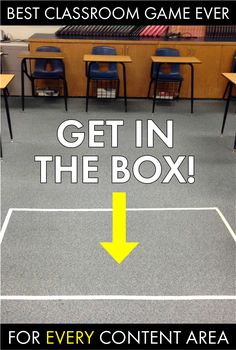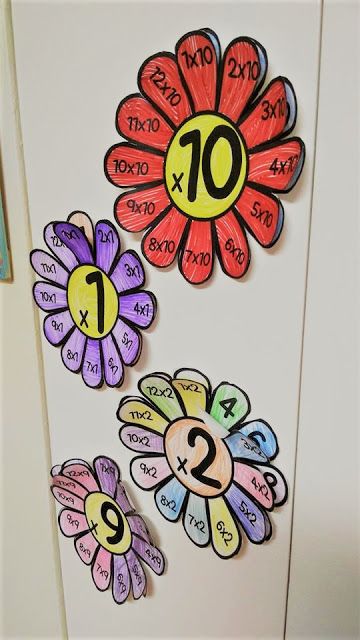Introduction: Multiplying decimals can be a challenging concept for many students. However, with engaging activities and hands-on learning opportunities, students can not only understand the process but also enjoy it. Here are 20 creative activities to help your students excel in multiplying decimals.
1. Decimal War: Divide students into pairs and give each pair a deck of Decimal War Cards. Each card contains a decimal value. Students take turns flipping a card each, multiplying the numbers and writing the product on a whiteboard. The player with the highest product wins the round.
2. Decimal Bingo: Create bingo cards using products of decimals and play ‘Decimal Bingo’ with your class, fostering a fun atmosphere to learn multiplication of decimals.
3. Manipulatives: Use base-ten blocks or fraction tiles to model decimal multiplication visually and reinforce understanding.
4. Roll-A-Decimal: Students roll dice to create decimal numbers, then multiply them together. Challenge them to find the product quickly and accurately.
5. Matching Game: Provide students with sets of cards containing decimal products and corresponding multiplication expressions. Students must match each product with its correct expression.
6. Kahoot!: Design a Kahoot! quiz with various decimal multiplication problems, allowing students to compete against one another as they answer questions.
7. Decimal Multiplication Relay Race: Organize students into teams, create stations where they must solve decimal multiplication problems, and have them race towards completion.
8. Personalized Word Problems: Create word problems tailored to your students’ interests or current events that involve multiplying decimals.
9. Comic Strip Creation: Direct students to create comic strips illustrating real-life scenarios where they have to multiply decimals to solve problems.
10. Jeopardy!: Develop a Jeopardy! game focusing on multiplying decimals for an engaging classroom competition.
11. Decimal Scavenger Hunt: Hide problems around the classroom, and have students search and solve them within a given time.
12. Decimal Multiplication Art: Incorporate art by having students create and solve decimal multiplication problems, then design a creative artwork based on their answer.
13. Jigsaw Activity: Split a complex decimal multiplication problem into smaller parts. Assign different parts to individual or groups to solve before reassembling the pieces as a class.
14. Math Centers: Develop various math centers focusing on different decimal multiplication strategies for students to explore.
15. Peer Teaching: Encourage students confident in decimal multiplication to teach and support other students who are struggling with the concept.
16. Flashcard Drills: Create flashcards consisting of decimal multiplication problems for a quick warm-up or practice activity.
17. Multiplication Chart Challenge: Have students use a multiplication chart with decimals to assist them in solving problems.
18. “I Have… Who Has…?”: Game using cards containing decimal products and corresponding expressions. One student reads their card’s expression, while others must find if their product matches the expression mentioned.
19. Math Journals: Direct students to maintain math journals where they can reflect upon their learning process and track progress in decimal multiplication skills.
20. Error Analysis: Give students incorrect examples of decimal multiplication problems and ask them to analyze, find errors, and correct them.
Conclusion: With these 20 engaging activities, your students will thrive as they learn and master multiplying decimals. By providing a variety of learning opportunities tailored to different interests and strengths, you will foster enthusiasm and confidence in mathematics among your students.











